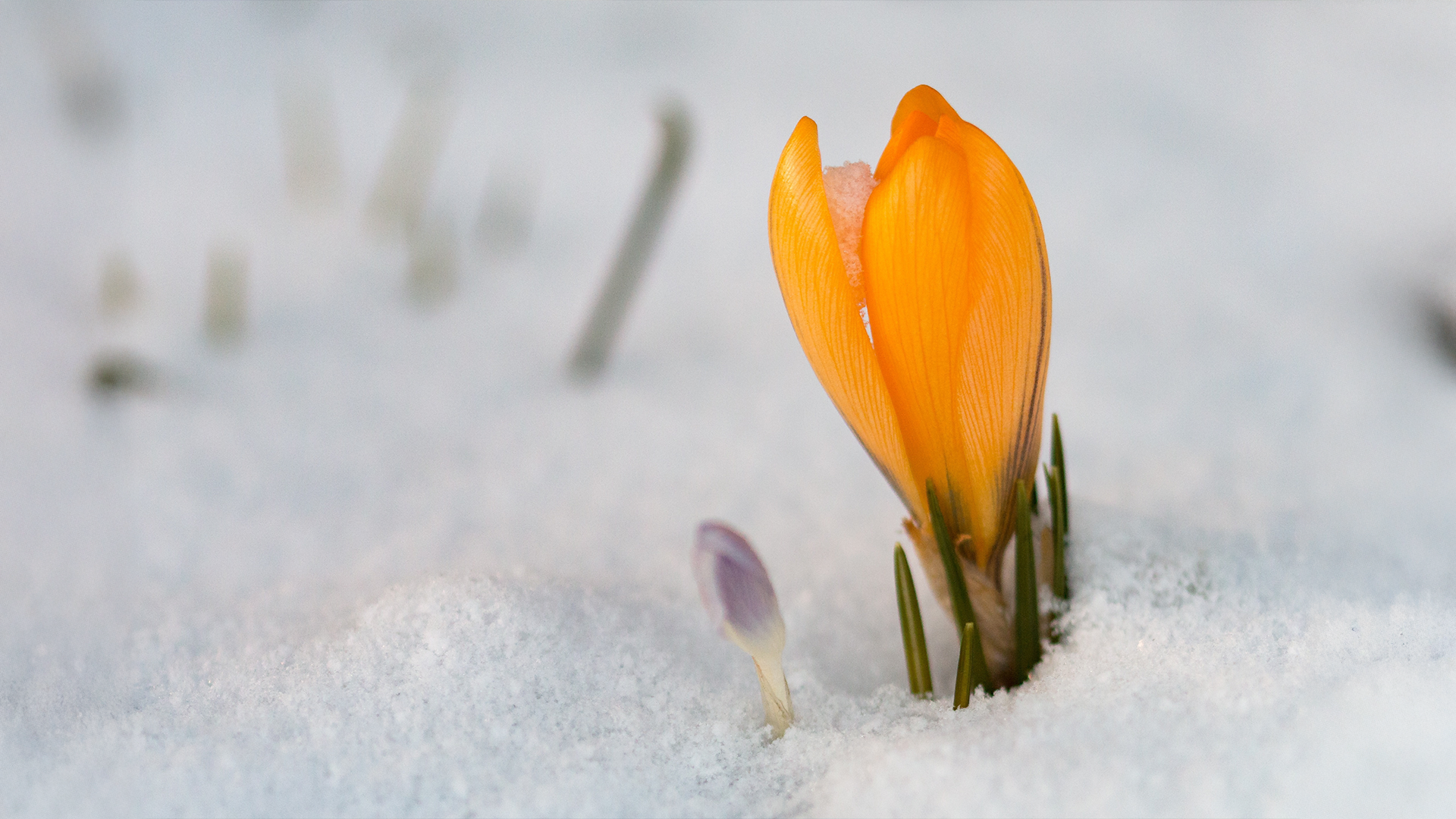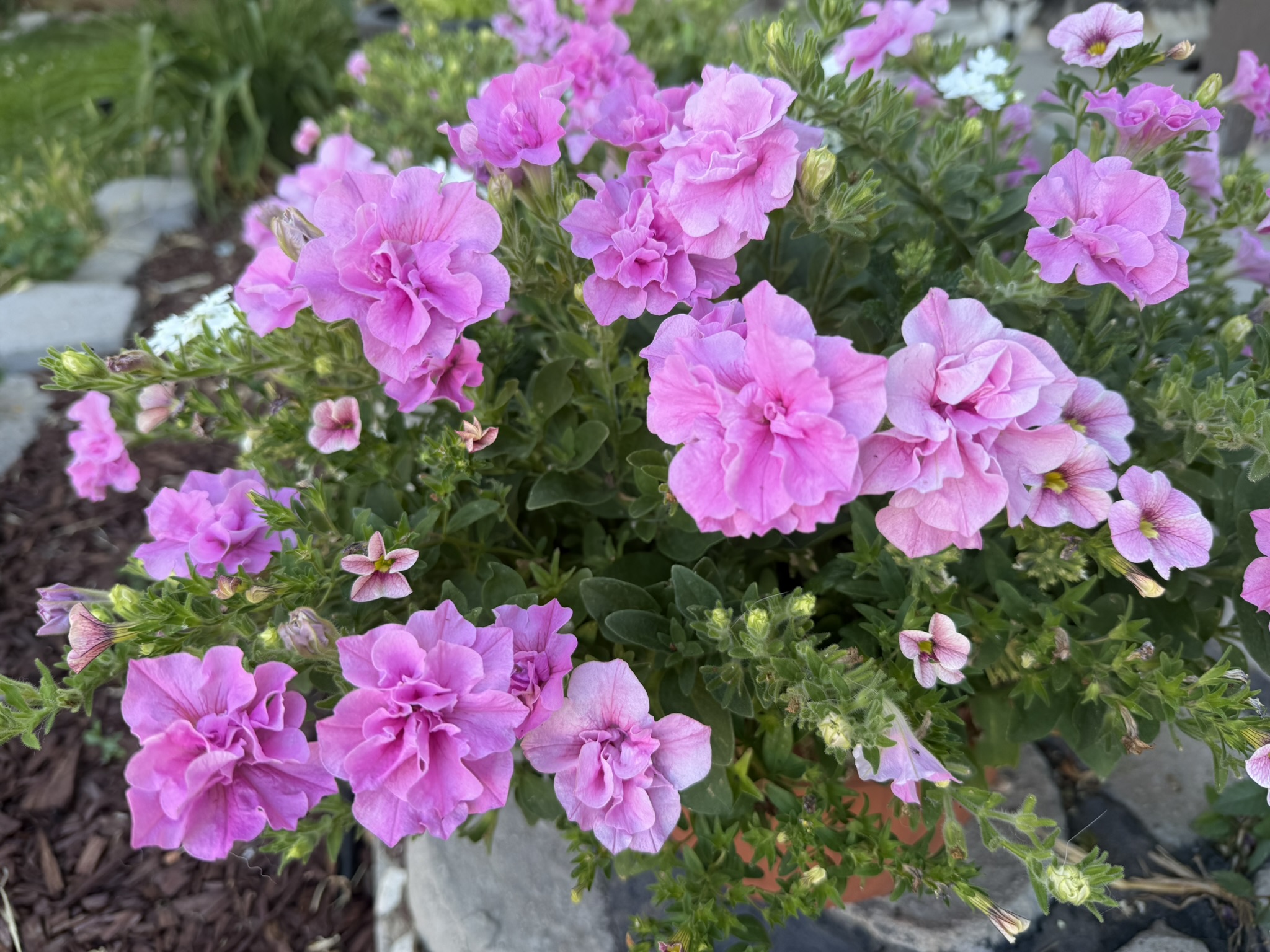Share

What to Do If Your Spring Bulbs Start Blooming Too Early Due to ‘False Spring’
Spring is a season of renewal, where flowers bloom, the weather warms, and nature bursts back to life. However, sometimes a sudden warm spell—known as a “false spring”—can trick your spring bulbs into emerging too early. While the sight of early blooms can be exciting, this can also leave your flowers vulnerable to frost or unexpected cold snaps. Don’t worry, though! There are steps you can take to protect your bulbs and ensure they thrive once the true spring weather arrives.
- Cover Your Bulbs with Protection
If your spring bulbs are already starting to bloom and you notice that a cold front is approaching, covering your flowers is one of the easiest ways to protect them from frost damage. Use materials like a frost blanket, or insulated plant protector to cover your flowers at night when temperatures are expected to drop. Make sure the covering reaches the ground to trap heat and shield your bulbs from the cold. Remember to remove the covers during the day when temperatures warm up to avoid overheating and allow the flowers to get the sunlight they need.
- Mulch to Insulate the Soil
Mulching your garden beds can help maintain a more consistent soil temperature. In the event of false spring, mulch acts as an insulating barrier, protecting the roots of your bulbs from the fluctuations in temperature. Apply a layer of mulch, like soil building conditioner, around your plants to help keep the soil cool and prevent further premature growth. This will also help retain moisture and keep your bulbs healthy as the weather continues to shift.
- Watering Carefully
While it may be tempting to water your bulbs more frequently when the temperatures rise, be careful not to overwater them. Early warmth can cause the soil to dry out more quickly, so it’s important to monitor moisture levels. However, too much water can lead to rot or root freezing if the temperatures drop suddenly. Keep the soil evenly moist but not soggy and avoid watering too late in the day when the temperatures dip at night.
- Prune Damaged Flowers Carefully
If frost has caused damage to any of your early-blooming flowers, it’s important to prune them carefully to encourage new growth. Trim away any browned or wilted petals and leaves to prevent rot or disease from spreading. Don’t cut too much, just remove the affected areas so that the plant can focus its energy on regrowing and blooming once the weather stabilizes. This will help keep your flowers looking fresh once the real spring weather kicks in.
While the early blooms of your spring bulbs may be tempting to admire, a false spring can create a tricky situation for your early risers. With a little extra care, such as frost protection, mulching, and pruning, you can help your bulbs survive the erratic weather and make it to the true spring season. As always, being mindful of local weather patterns and taking proactive steps to protect your garden will help ensure that your flowers continue to bloom beautifully in the weeks to come.

Share
As your trusted local experts at Moana Nursery, we're delighted to share a comprehensive guide on how you can successfully grow sunflowers, from seed to bloom, right here in Reno, NV.
Annuals grow fast and bloom hard. That kind of performance takes fuel, and fertilizer is their go-to energy source.
With its graceful shape, aromatic wood, and vital ecological role, the Incense Cedar is more than just an attractive tree—it’s a fantastic addition to any garden in the high desert.
The Sun Valley Red Maple is not just another tree—it's a resilient, seasonal beauty that thrives in the high desert, offering you years of color and grace in your landscape.




